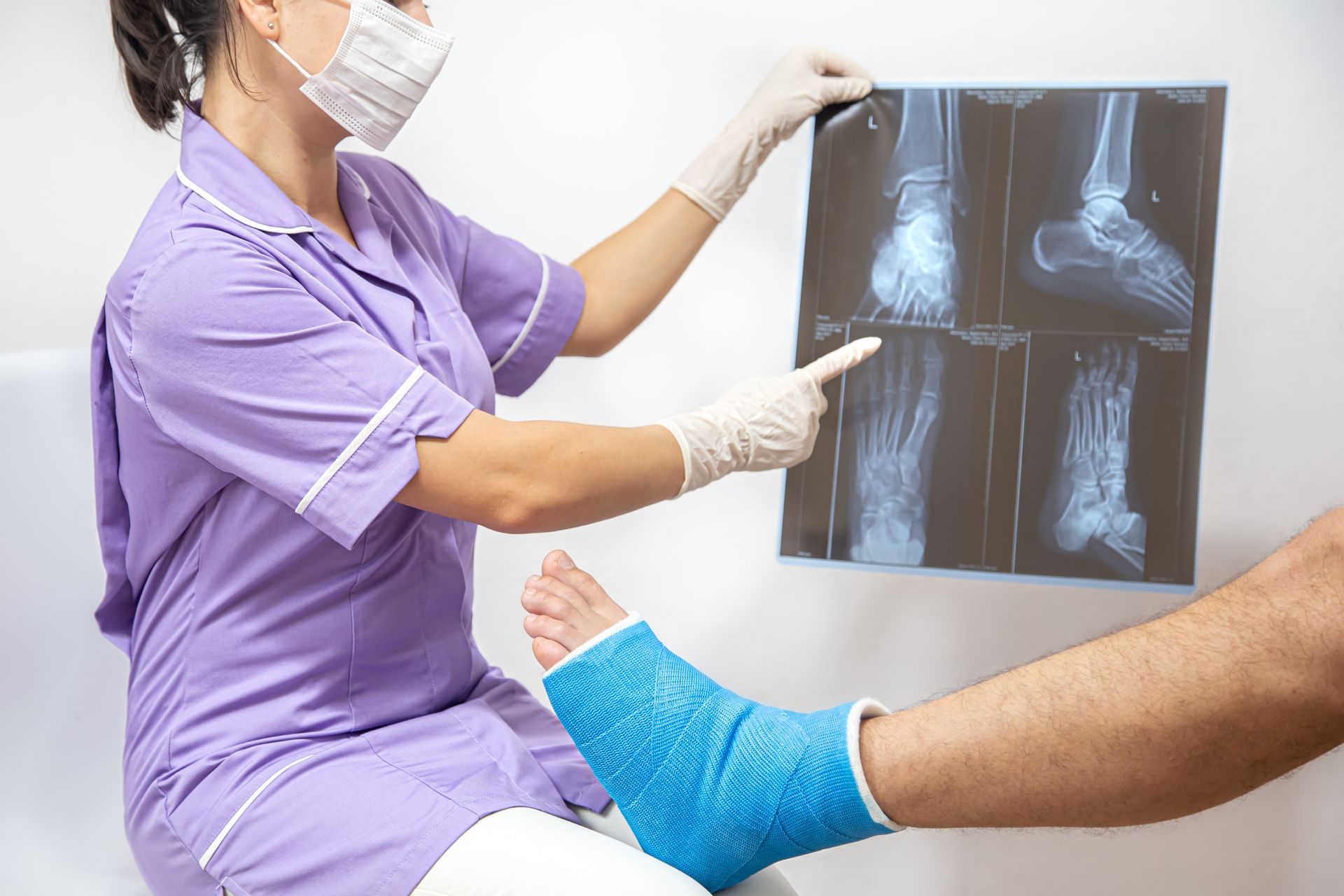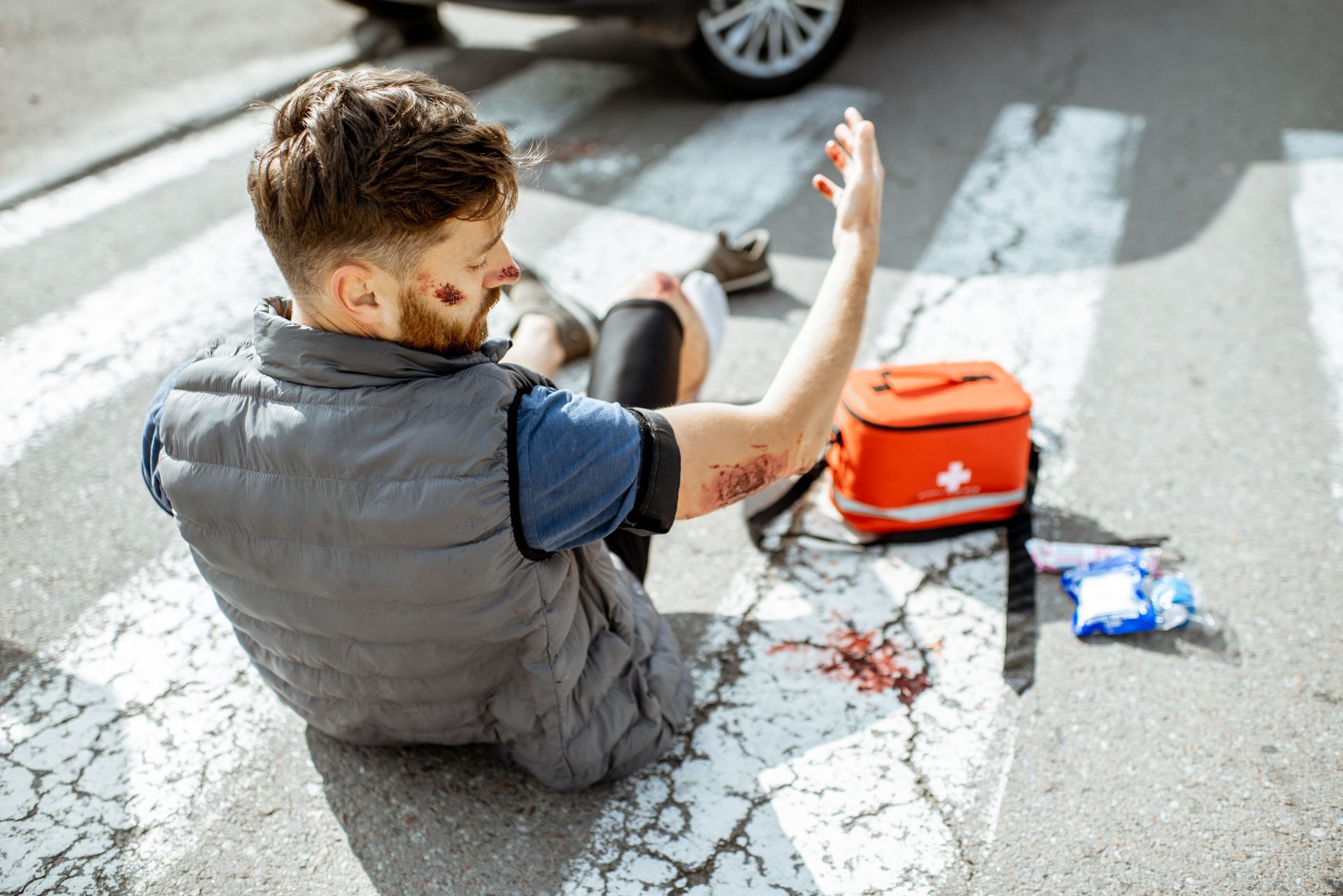How to Seek Compensation for Injuries from a Pedestrian Accident
A Step-by-Step Guide to Claiming Compensation After a Pedestrian Accident
Pedestrian accidents are all too common, with thousands of individuals being injured or even killed every year due to collisions with motor vehicles. According to the Centers for Disease Control and Prevention (CDC), in 2020 alone, nearly 6,500 pedestrians were killed, and more than 50,000 were injured in accidents. While no one expects to be involved in such an accident, knowing how to seek compensation for injuries can significantly help with the physical, emotional, and financial challenges that follow. In this blog, we’ll explore how you can seek compensation for injuries sustained in a pedestrian accident, the steps to take, and what factors can impact your claim.

Why Seek Compensation After a Pedestrian Accident?
Pedestrian accidents can lead to serious injuries, including broken bones, head trauma, spinal cord injuries, and even death. Medical expenses can quickly pile up, and many victims find it difficult or impossible to work during their recovery. Compensation can help alleviate the financial strain caused by these injuries and ensure that you have the support needed for treatment and recovery.
Steps to Take After a Pedestrian Accident
If you’ve been injured in a pedestrian accident, there are specific steps you should take to protect your health, your safety, and your ability to seek compensation. These steps are essential for ensuring that your case is handled properly and that you receive the compensation you deserve.
- Seek Immediate Medical Attention: Your health is the top priority. Even if your injuries seem minor, it’s crucial to seek medical attention right away. Some injuries, such as internal bleeding or concussions, may not be immediately apparent. Having a doctor’s report will also serve as important evidence in your case.
- Report the Accident: Call 911 and report the accident to law enforcement. A police report will provide an official account of the incident, including any potential fault or citations issued to the driver. This report is vital when filing an insurance claim or pursuing a lawsuit.
- Gather Evidence: If possible, gather evidence from the scene of the accident. Take photos of your injuries, the accident site, and any damaged property. If there are any witnesses to the accident, get their contact information. Witness statements can be valuable in supporting your case.
- File a Claim with Insurance: After seeking medical attention, contact the driver’s insurance company to file a claim. If the driver is at fault, their insurance should cover your medical expenses and other damages. However, it’s important to remember that insurance companies may attempt to minimize the payout, so it’s wise to consult with an attorney before accepting an offer.
- Consult an Attorney: Pedestrian accidents often involve complex legal matters, especially if the driver is uninsured or underinsured, or if there is a dispute over fault. A personal injury attorney can help guide you through the legal process, protect your rights, and ensure that you are not taken advantage of by insurance companies. Your attorney can also negotiate on your behalf to secure a fair settlement or take the case to court if necessary.
- Keep Records of Your Injuries: Maintain thorough records of all medical visits, treatments, and therapies related to your injuries. Document your pain levels, changes in your physical condition, and how your injuries affect your daily life. This will help build a strong case and support your claim for pain and suffering compensation.

Factors That Can Impact Your
Pedestrian Accident Claim
Several factors can influence the outcome of your pedestrian accident claim. Understanding these factors will help you manage your expectations and improve your chances of receiving the compensation you deserve:
- Who Was at Fault?: The party responsible for the accident will play a significant role in determining who will pay for your damages. If the driver was clearly at fault (such as by running a red light or speeding), your claim is more likely to succeed. However, if there is a dispute over fault or the driver denies responsibility, this could complicate your case.
- Insurance Coverage: If the driver has insurance, this can make the claims process more straightforward. However, if the driver is uninsured or underinsured, you may need to pursue compensation through your own insurance policy (if you have uninsured/underinsured motorist coverage), or you may have to file a lawsuit.
- State Laws: Each state has different laws regarding pedestrian accidents, including how fault is determined and how compensation is awarded. For example, some states follow comparative fault laws, meaning that if you are partially at fault for the accident, your compensation may be reduced. Working with an attorney familiar with your state’s laws will help ensure your rights are protected.
- Severity of Your Injuries: The more severe your injuries, the higher the compensation you may be entitled to. Catastrophic injuries, such as brain injuries, paralysis, or amputations, often result in larger settlements due to the long-term effects and costs of medical care.
Injuries from a pedestrian accident can have long-lasting physical, emotional, and financial effects. Understanding how to seek compensation for your injuries and the steps involved can help you navigate the aftermath and secure the support you need to recover. If you or someone you know has been injured in a pedestrian accident, it’s important to seek legal help as soon as possible to ensure your rights are protected and you receive the compensation you deserve.
If you’ve been injured in a pedestrian accident, don’t navigate the claims process alone. Contact us today to discuss your case and learn how we can help you secure the compensation you deserve.


